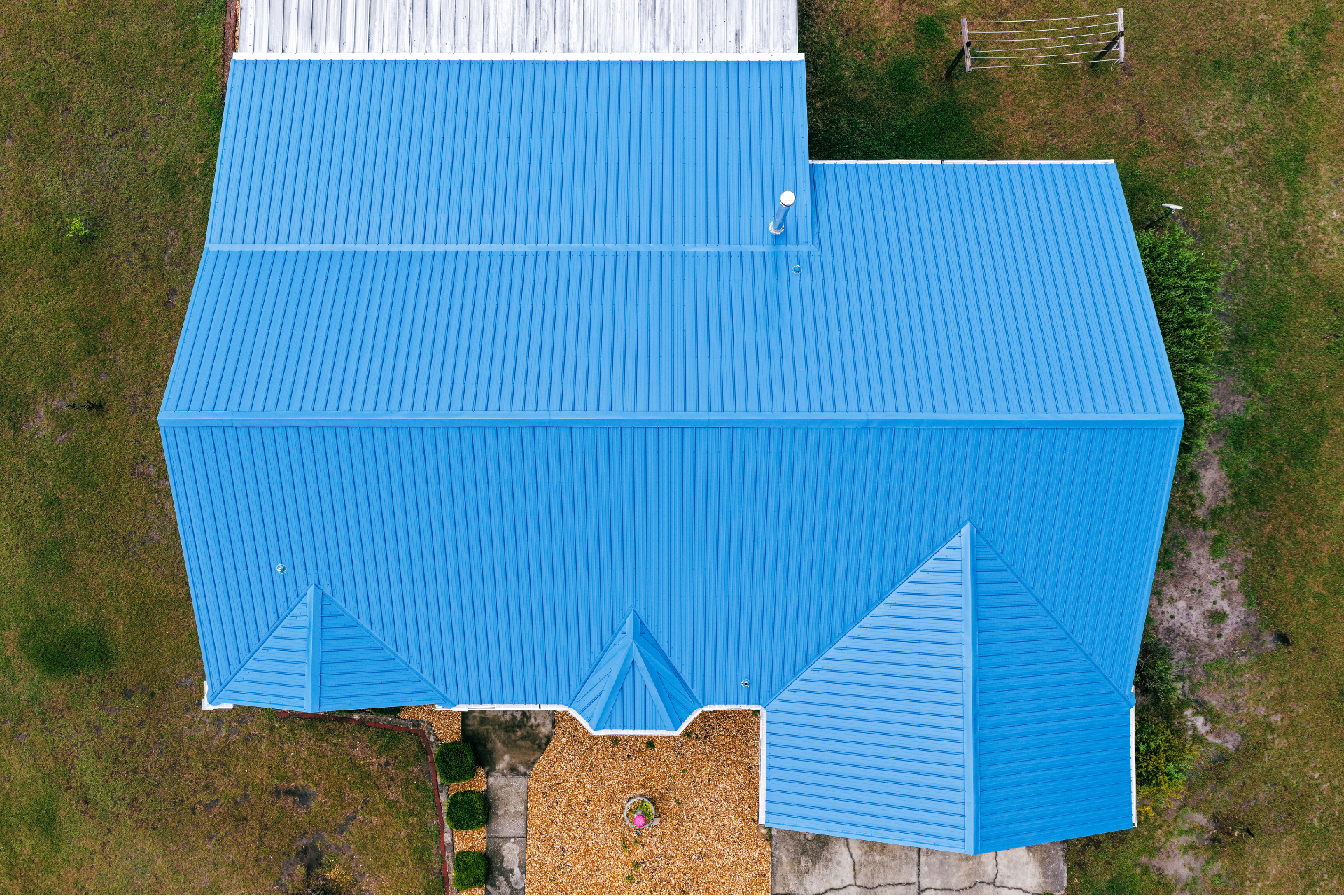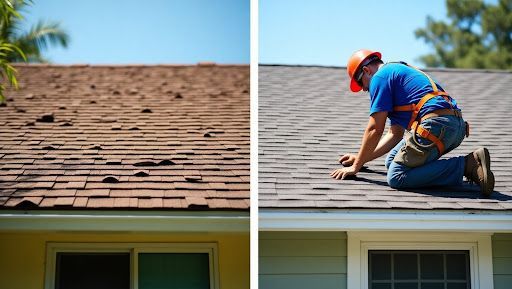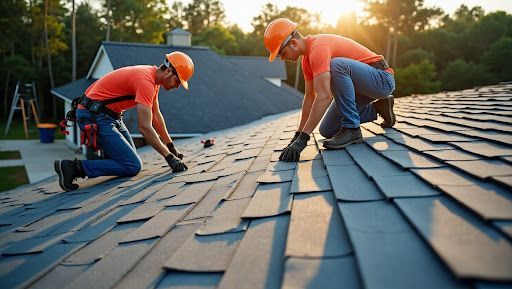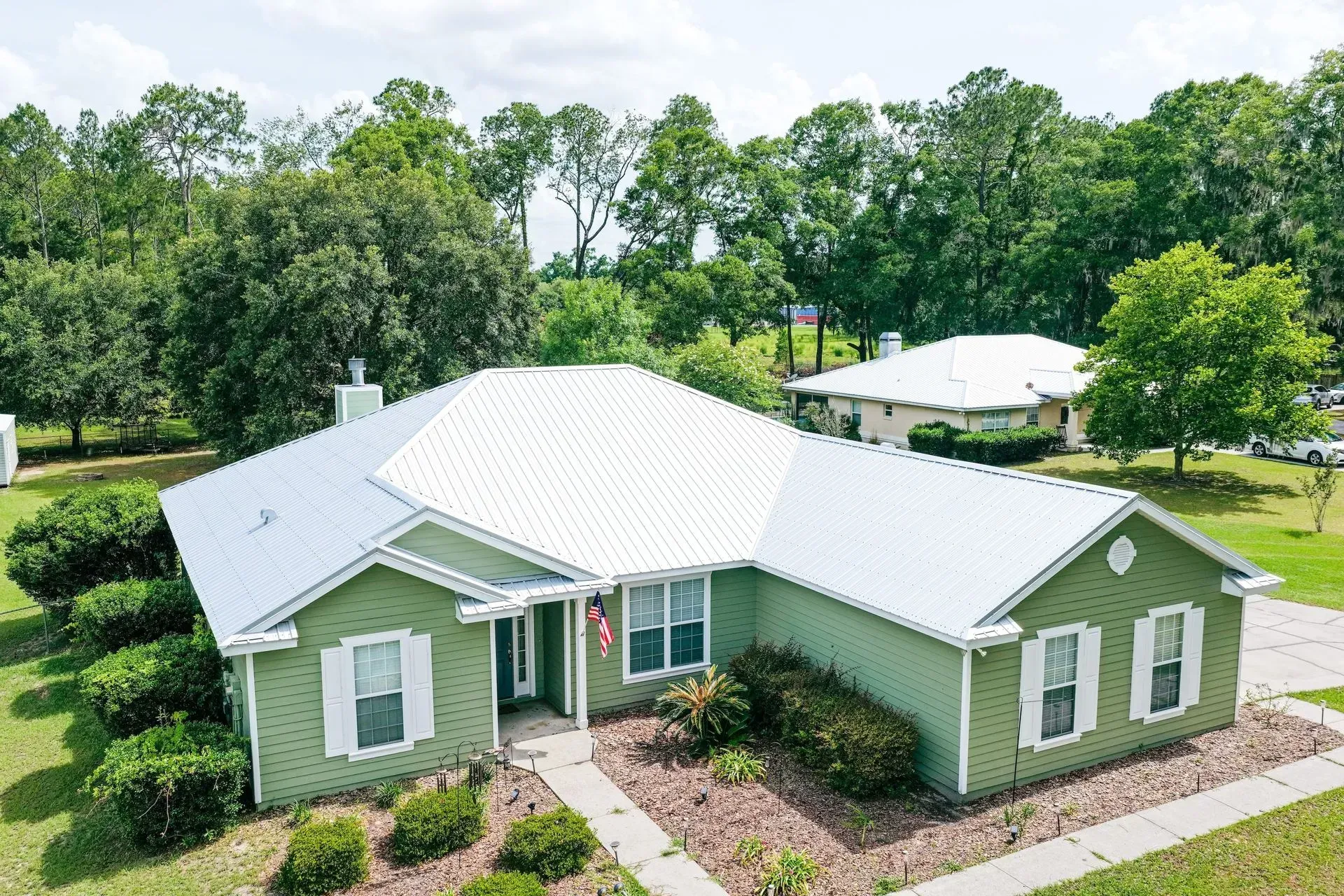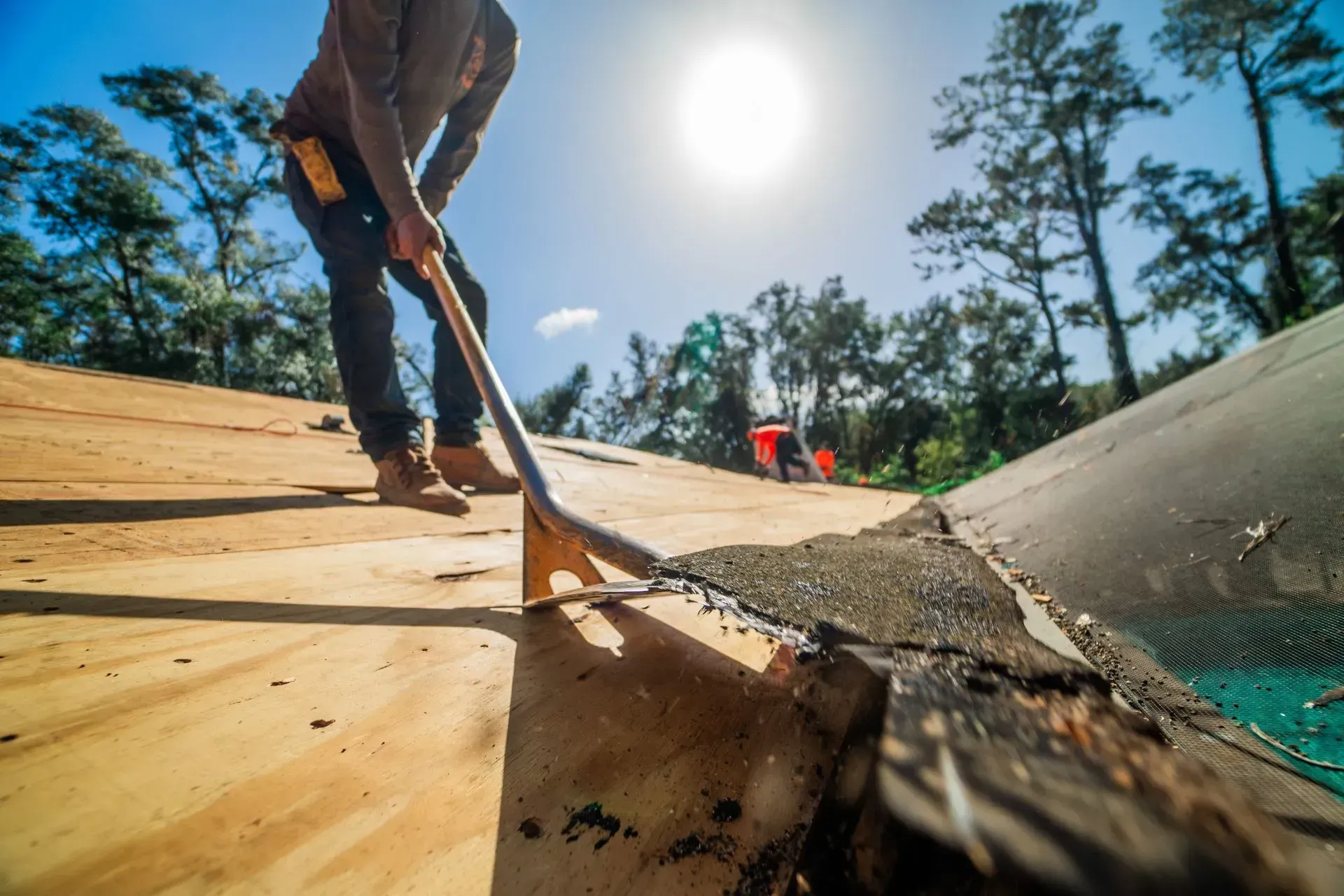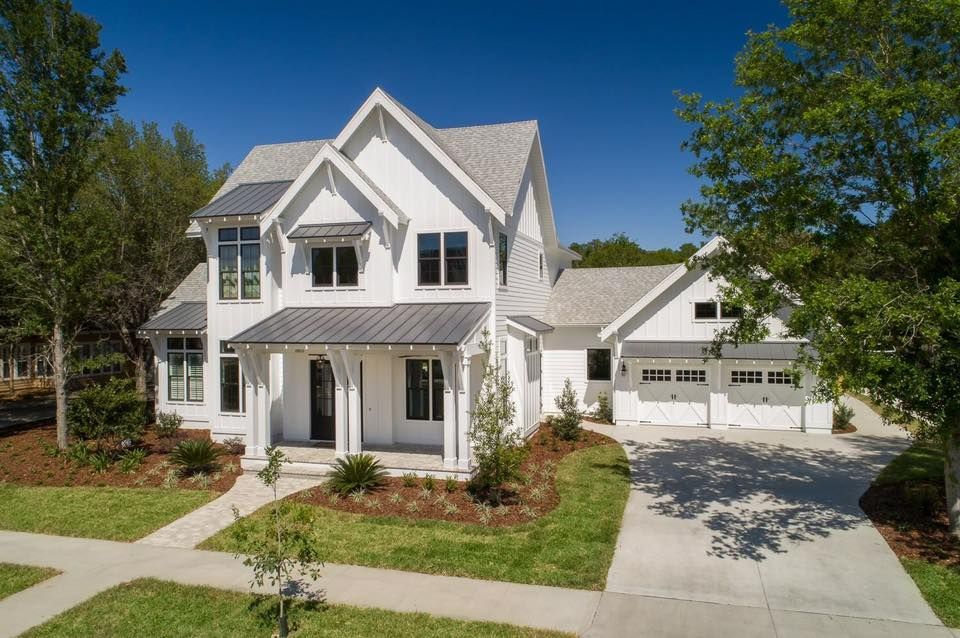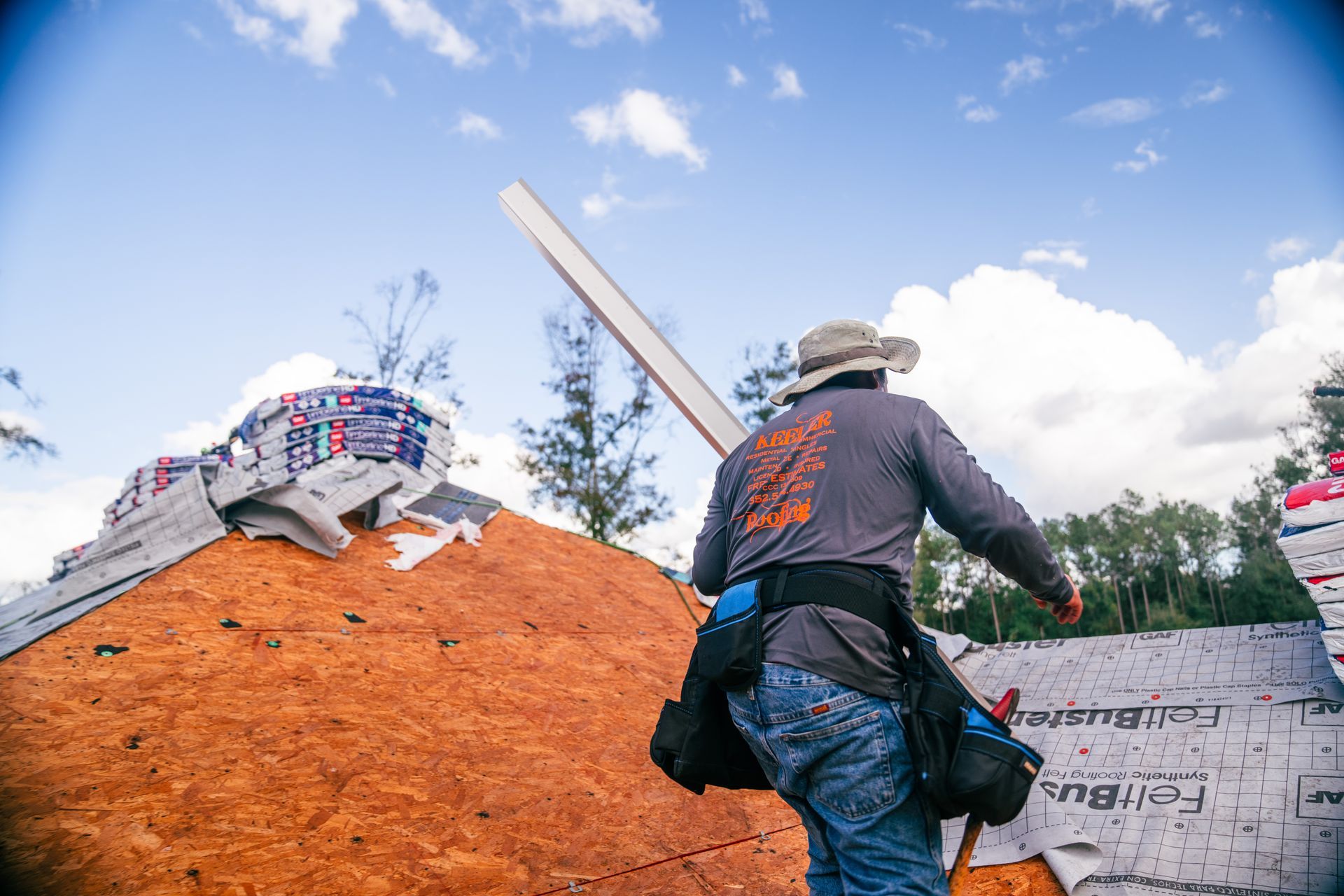Flat Roof vs. Pitched Roof: Which is Best for You?
October 16, 2025

Choosing a roof is one of the most significant decisions a property owner can make. It's not just about shelter; your roof style influences your home's aesthetic, energy efficiency, and long-term maintenance costs. The two most common designs are flat roofs and pitched roofs, each with a distinct set of characteristics, benefits, and drawbacks.
So, how do you decide which is the right fit for your property? This guide breaks down everything you need to know about flat and pitched roofs. We'll explore the pros and cons of each, helping you make an informed decision for your home or commercial building. As trusted
roofing contractors in North Central Florida, we've seen it all, and we're here to share our expertise.
Understanding the Basics: What Are Flat and Pitched Roofs?
Before we compare them, let's define what we're talking about. Though their names seem self-explanatory, there are important nuances to each style.
What is a Flat Roof?
A flat roof is not perfectly level. Instead, it has a very slight incline, typically between 1/4 to 1/2 inch per foot. This subtle slope is crucial for allowing water to drain, preventing pooling and potential leaks. Flat roofs are most commonly seen on commercial buildings, industrial facilities, and modern residential architecture. They are often constructed using materials like TPO, EPDM rubber, modified bitumen, or PVC membranes.
What is a Pitched Roof?
A pitched roof has a noticeable slope or angle. The "pitch" refers to the steepness of the roof, calculated as the ratio of its vertical rise to its horizontal span. Pitched roofs come in many styles, including gable, hip, and mansard, and are the traditional choice for residential homes. Common materials include asphalt shingles, metal panels, clay tiles, and slate.
The Case for Flat Roofs
Modern, minimalist, and functional, flat roofs offer several unique advantages that make them an excellent choice for certain properties.
Advantages of Flat Roofs
- Cost-Effectiveness: Flat roofs generally require fewer materials and are less labor-intensive to install than pitched roofs. This often results in a lower upfront cost, making them an attractive option for budget-conscious property owners.
- Space Utilization: One of the biggest perks of a flat roof is the usable space it creates. This area can be transformed into a rooftop garden, a patio for entertaining, or a place to install solar panels and HVAC units without cluttering your ground-level property.
- Ease of Maintenance: Inspecting and cleaning a flat roof is typically safer and easier than navigating a steep slope. This accessibility can make routine maintenance and minor repairs, like roof leak repair, less daunting and more affordable.
- Design Flexibility: The simple, clean lines of a flat roof are a hallmark of modern and contemporary architecture. They offer a minimalist aesthetic that can make a bold design statement.
Disadvantages of Flat Roofs
- Water Drainage Issues: Despite their slight slope, flat roofs are more susceptible to water pooling than pitched roofs. If not properly installed or maintained, standing water can lead to leaks, structural damage, and costly repairs. Regular roof inspection in North Central Florida is essential to prevent these problems.
- Limited Material Options: The material choices for flat roofs are more restricted compared to pitched roofs. While modern materials are durable, they may not offer the same variety of textures and colors as traditional shingles or tiles.
- Insulation Challenges: Insulating a flat roof can be more complex. Without a traditional attic space, proper ventilation and insulation must be carefully planned to prevent heat loss in winter and heat gain in summer.
The Appeal of Pitched Roofs
Pitched roofs are a classic for a reason. Their timeless design and excellent performance make them a reliable choice for many homeowners.
Advantages of Pitched Roofs
- Effective Water Runoff: The primary advantage of a pitched roof is its ability to shed water and snow efficiently. The steep slope uses gravity to direct precipitation into gutters and away from the foundation, significantly reducing the risk of leaks and water damage. This is a major benefit during Florida's heavy rain seasons.
- Aesthetically Pleasing: Pitched roofs offer a wide range of design possibilities that contribute to a home's curb appeal. With various styles and materials available, from rustic metal roofing installation to classic shingles, you can easily find a look that matches your architectural vision.
- Ventilation Benefits: The space created underneath a pitched roof—the attic—provides a natural buffer for ventilation. This helps regulate the home's temperature, improve energy efficiency, and reduce moisture buildup.
Disadvantages of Pitched Roofs
- Higher Installation Costs: The complex construction and increased material requirements make pitched roofs more expensive to install. The labor is more intensive, contributing to a higher overall project cost.
- Complex Construction: Building a pitched roof requires intricate framing and structural support. This complexity can extend the construction timeline compared to a flat roof.
- Safety Concerns During Maintenance: Performing repairs or cleaning on a steep roof can be dangerous. It often requires specialized safety equipment and the expertise of professional roofing contractors, which can increase maintenance costs.
Factors to Consider When Choosing Your Roof
Your final decision should be based on a careful evaluation of your specific needs and circumstances. Here are the key factors to weigh:
- Climate and Weather Conditions: In North Central Florida, where heavy rain and storms are common, the superior drainage of a pitched roof is a significant advantage. However, modern flat roofing systems are also engineered to withstand severe weather. Consider consulting with experts on storm damage roof repair in North Central Florida to understand which option holds up best.
- Building Design and Aesthetics: Does your home's style lean modern or traditional? A flat roof can provide a sleek, contemporary look, while a pitched roof complements classic architectural designs.
- Budget Constraints: If upfront cost is your main concern, a flat roof may be the more affordable roof replacement option. However, it's important to also factor in long-term maintenance and potential repair costs.
- Maintenance Requirements: Consider your willingness and ability to perform regular maintenance. Flat roofs require diligent inspections to prevent drainage issues, while pitched roofs can be more hazardous to access for repairs.
Your Trusted Roofing Partner in Florida
Whether you decide on a flat roof or a pitched roof, the quality of the installation is paramount to its longevity and performance. An improperly installed roof, regardless of style, will lead to problems down the road.
At
Keeler Roofing, we are a family-owned, GAF-certified company with over a decade of experience providing
residential and commercial roofing services in Florida. We understand the unique challenges of the local climate and are committed to delivering top-quality workmanship. From a new metal roofing installation to a minor roof leak repair, our team ensures every job is done right the first time.
If you're still undecided or need professional advice on your next roofing project, don't hesitate to reach out.
Contact Keeler Roofing today
for a free estimate and let our experts help you choose the perfect roof for your property.


